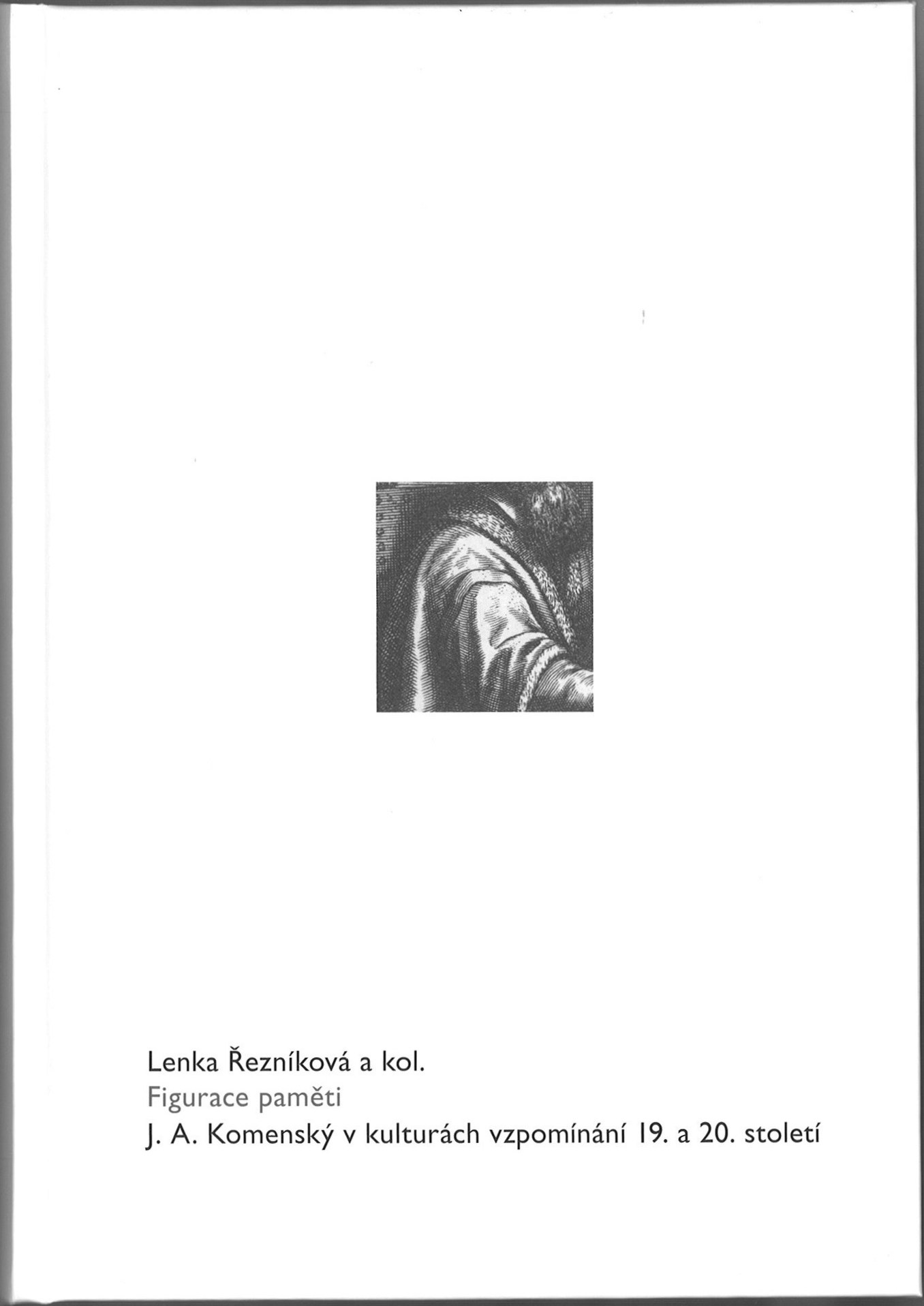
J. A. Comenius as a site of memory. Polyvalent Mnemonic Imagination and the (Re)Constructions of the Canon
Řešitel: Lenka Řezníková
Poskytovatel: Grantová agentura ČR
Reg. č.: GAP410/11/1201
Typ grantu: standartní badatelský
Doba řešení: 4 roky (2011-2014)
Resumé
Projekt situoval postavu Jana Amose Komenského do kontextu současných paměťových studií a vymezit pozici, jíž zaujímala v kultuře vzpomínání od konce 18. století do současnosti. K tomuto účelu pojal Komenského jako místo paměti a jeho representace podrobil detailní interdisciplinární analýze. Zaměřil se přitom na tři okruhy otázek: (1) vztah paměti a (kolektivní) identity, zohlednil přitom nejen národní, ale také aspekty transnacionální, profesní, regionální, konfesionální, třídní a generové aspekty; (2) vztah paměti a vědeckých institucí, muzealizace Komenského a zapojování jeho osoby do kánonů humanitních věd; (3) otázky mediální performance a reprezentace paměti. Takto koncipované a zacílené bádání se pokusilo ukázat, v jakých kolektivně relevantních, identitu zakládajících rovinách byla postava Komenského operacionalizována, do jakých ideových konceptů dějin a do jakých konkrétních narativů byla integrována a jakou symbolickou roli v nich hrála.
Summary
The project situated the figure of Jan Amos Comenius within the framework of the contemporary research on memory and defined the role that he has played in the culture of remembering since the late 18th century till the present. The figure of Comenius was conceptualised as a site of memory and approached from interdisciplinary perspective. Three axes of enquiry were dominant in this research design: (1) the relationship between memory and the (collective) identities, not only the national, but also the professional, regional, confessional, class, and gender, and it took also the transnational aspects of remembering into consideration; (2) the relationship between remembrance and the scientific institutions, musealisation of Comenius and his admission to the canons of the humanities, particularly of the literary criticism and of the history of philosophy; (3) the performative nature of memory and of its media representations. Addressing these research questions, the project revealed the ways and forms in which the historical figure of Comenius has been operationalised for the constitution of collective identities. It was the ambition of this project to explore the ways and processes in which Comenius became a constitutive element in the formation of collective memory and how did the semantic metamorphoses depend on the changes in historical and cultural context.
Výstupy projektu:
Hlavním výstupem je kolektivní monografie: Lenka Řezníková a kol., Figurace paměti. J. A. Komenský v kulturách vzpomínání 19. a 20. století, Praha, Skriptorium 2014, 504 s. ISBN 978-80-88013-08-2.
Monografie analyzuje způsoby, jimiž se obyvatelé českých zemí v minulých dvou stoletích vztahovali k postavě Jana Amose Komenského. Kolektivní, resp. sociální paměť chápe jako rozsáhlý soubor kulturních praxí, s jejichž pomocí společenství generují významy, organizují svou historickou zkušenost, vytvářejí si představy o sobě, a zajišťují tak současně i svou kontinuitu a koherenci. Práce vychází z konceptu „míst paměti“, jak jej v polovině 80. let 20. století založil Pierre Nora, reflektuje však i zásadní posuny, jichž tento koncept doznal v rámci paměťových studií během následujících desetiletí. Kniha je vybavena barevnou obrazovou přílohou (16 str.) a třemi rejstříky.

Dále vzniklo v rámci projektu deset odborných studií, které byly publikovány v domácích i zahraničních časopisech a sbornících. Viz ASEP.
